From Kente cloth to the metallic textiles of El Anatsui.
17th century–present
From Kente cloth to the metallic textiles of El Anatsui.
17th century–present
We're adding new content all the time!

Stamped onto cloth, adinkra symbols convey the values and recall the histories of the Asante people.
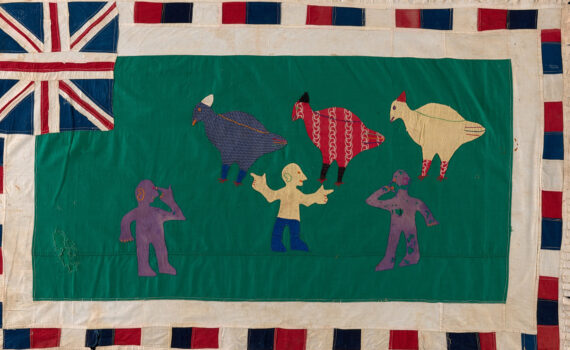
Through symbolic colors and imagery, asafo flags make a statement about a military company’s history or rivals.
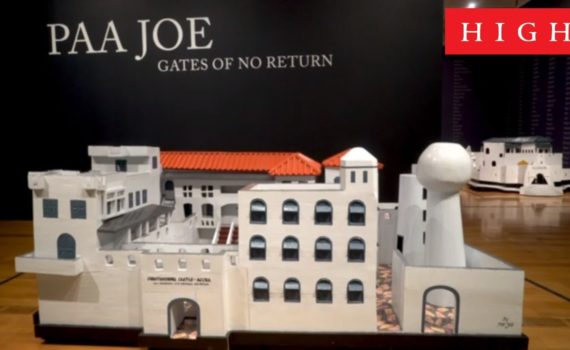
Paa Joe created large-scale, painted wood sculptures that represent architectural models of Gold Coast castles and forts, which served as way stations for more than six million Africans sold into slavery and sent to the Americas and the Caribbean between the sixteenth and nineteenth centuries.
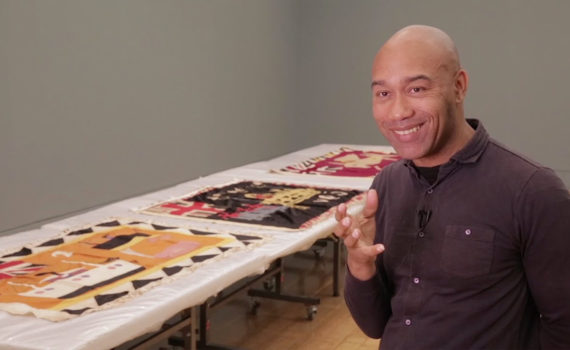
Curator Gus Casely-Hayford looks at the origins and history of the Asafo flags, made by the Fante people of the Gold Coast of Africa, now known as Ghana.
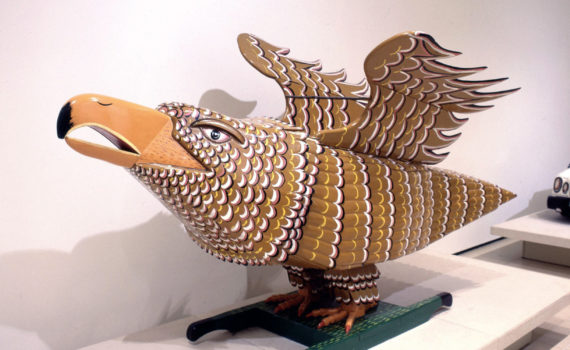
This wooden coffin in the form of eagle with painted gold feather markings was made in the village of Teshie in Ghana.
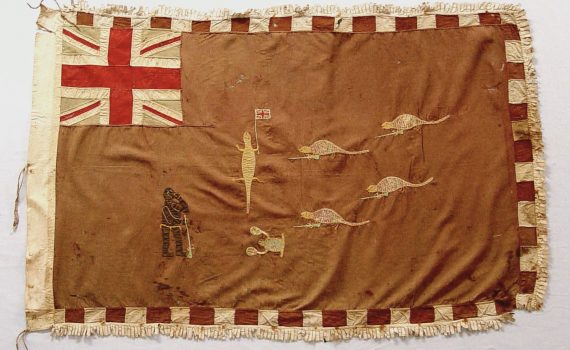
These flags were made for military companies affiliated with the British along the coast of present-day Ghana.
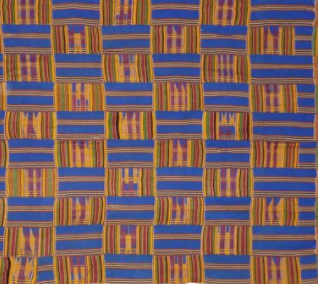
This cloth—first woven by a wise spider—sends social messages through a system of specific patterns.
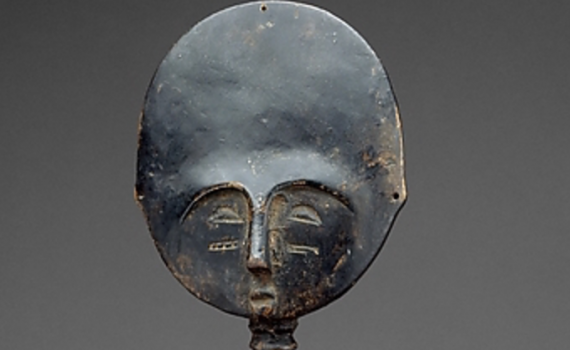
These figures were carved for Akan women unable to conceive—they’d ritually feed, carry, and care for them.
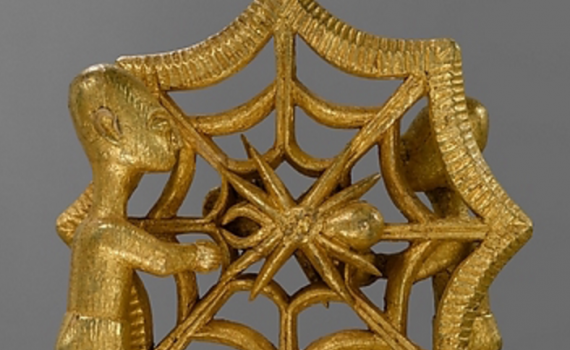
While its itsy bitsy American counterpart climbed up the waterspout, the spider shown here brought wisdom to Ghana.
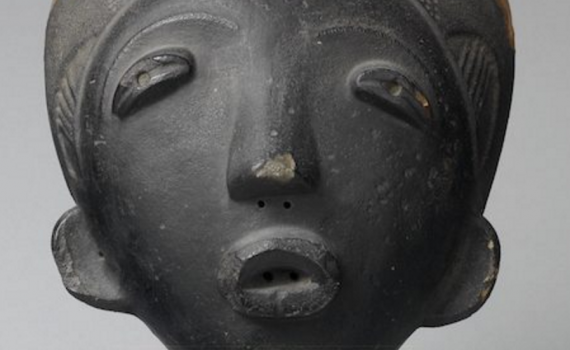
Since the 16th century, Akan women potters have created ceramic heads to serve as the focus of funerary rituals.
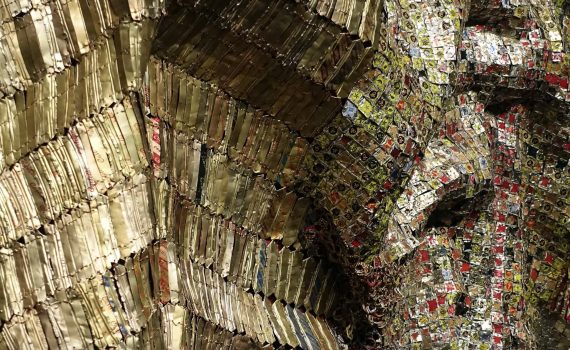
The artist transforms metal from alcohol bottles into textiles that represent libations for ancestors.